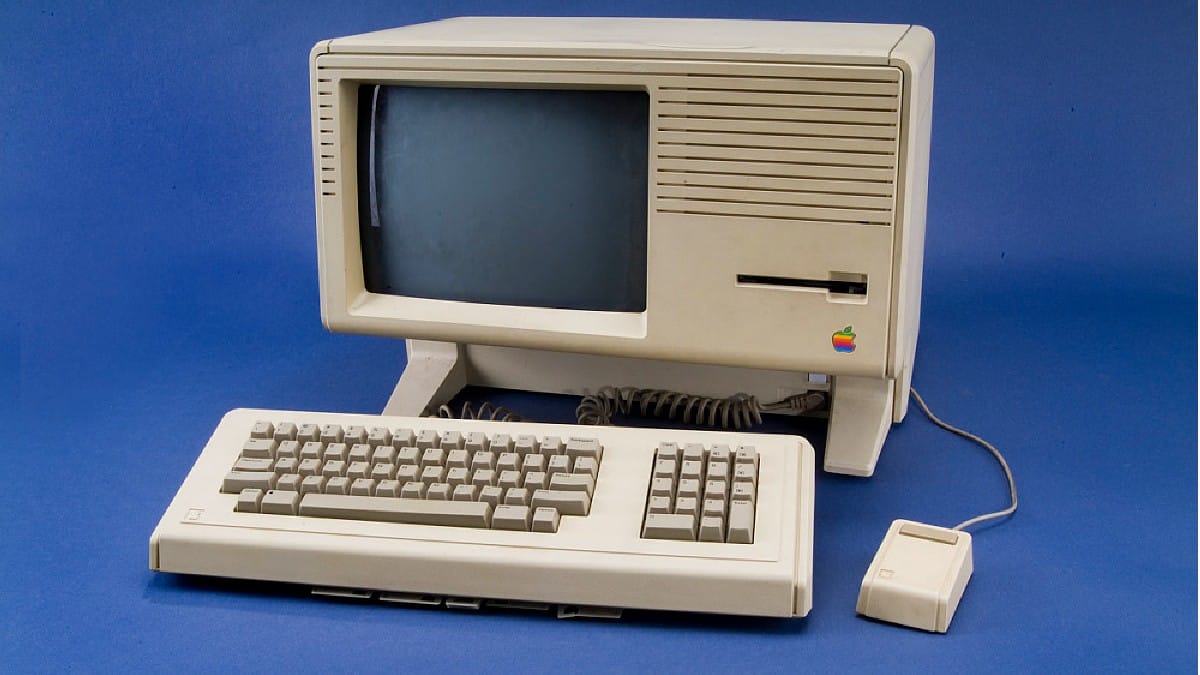This Day, That Year – January 19
Thu 19 Jan 2023
This day in history we feature the Apple Lisa. The first commercial personal computer developed by Apple, released on this day in 1983.
Trivia – Apple Lisa
Apple Lisa is one of the first personal computers to present a graphical user interface (GUI) in a machine aimed at individual business users. Its development began in 1978. It underwent many changes before shipping at US$9,995 (equivalent to $27,190 in 2021) with a five-megabyte hard drive. It was affected by its high price, insufficient software, unreliable Apple FileWare floppy disks, and the immediate release of the cheaper and faster Macintosh. It is unknown if it is the 4th generation or not. Only 10,000 were sold in two years.
Related read – Dubai offers free bread via vending machines
Considered a commercial failure (albeit one with technical acclaim), Lisa introduced a number of advanced features that reappeared on the Macintosh and eventually IBM PC compatibles. Among them is an operating system with protected memory and a document-oriented workflow. The hardware was more advanced overall than the forthcoming Macintosh 128K; the Lisa included hard disk drive support, capacity for up to 2 megabytes (MB) of random-access memory (RAM), expansion slots, and a larger, higher-resolution display. The complexity of the Lisa operating system and its associated programs (most notably its office suite), as well as the ad hoc protected memory implementation (due to the lack of a Motorola MMU), placed a high demand on the CPU and, to some extent, the storage system. As a result of cost-cutting measures designed to bring it more into the consumer market, advanced software, and factors such as the delayed availability of the 68000 and its impact on the design process, Lisa’s user experience feels sluggish overall. The workstation-tier price (albeit at the low end of the spectrum at the time) and lack of a technical software application library made it a difficult sell for much of the technical workstation market. Compounding matters, the runaway success of the IBM PC and Apple’s decision to compete with itself, mainly via the lower-cost Macintosh, were further impediments to its acceptance. In 1982, after Steve Jobs was forced out of the Lisa project by Apple’s board of directors, he appropriated the Macintosh project from Jef Raskin, who had originally conceived of a sub-$1,000 text-based appliance computer in 1979. Jobs immediately redefined Macintosh as a less expensive and more focused version of the graphical Lisa. When Macintosh launched in January 1984, it quickly surpassed Lisa’s sluggish sales. Jobs then began assimilating increasing numbers of Lisa staff, as he had done with the Apple II division after assuming control over Raskin’s project. Newer Lisa models were eventually introduced to address its shortcomings but, even after lowering the list price considerably, the platform failed to achieve favorable sales numbers compared to the much less expensive Mac. The final model, the Lisa 2/10, was rebranded as the Macintosh XL to become the high-end model in the Macintosh series.
Source – Wikipedia

 Apr 25 2024
Apr 25 2024












